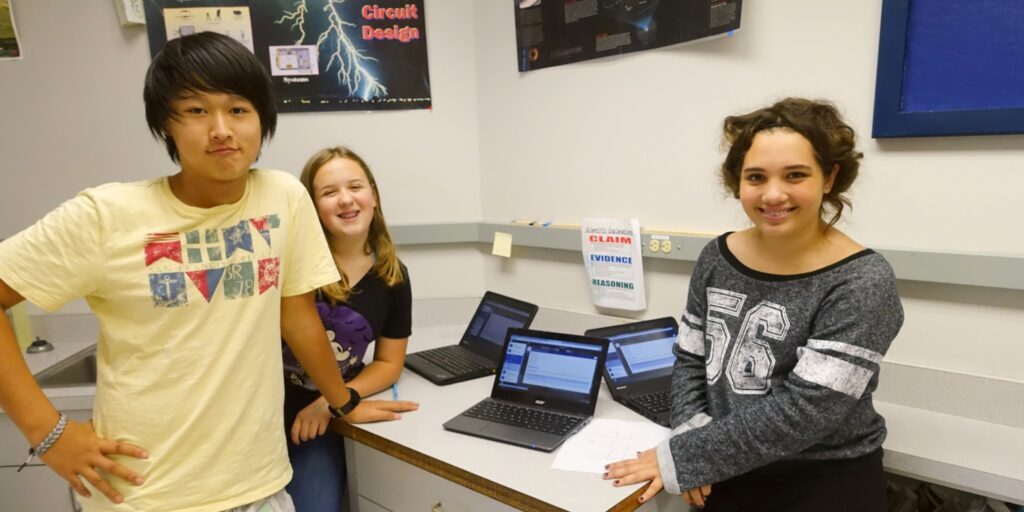STEM Career Narratives: Celebrating Women in STEM
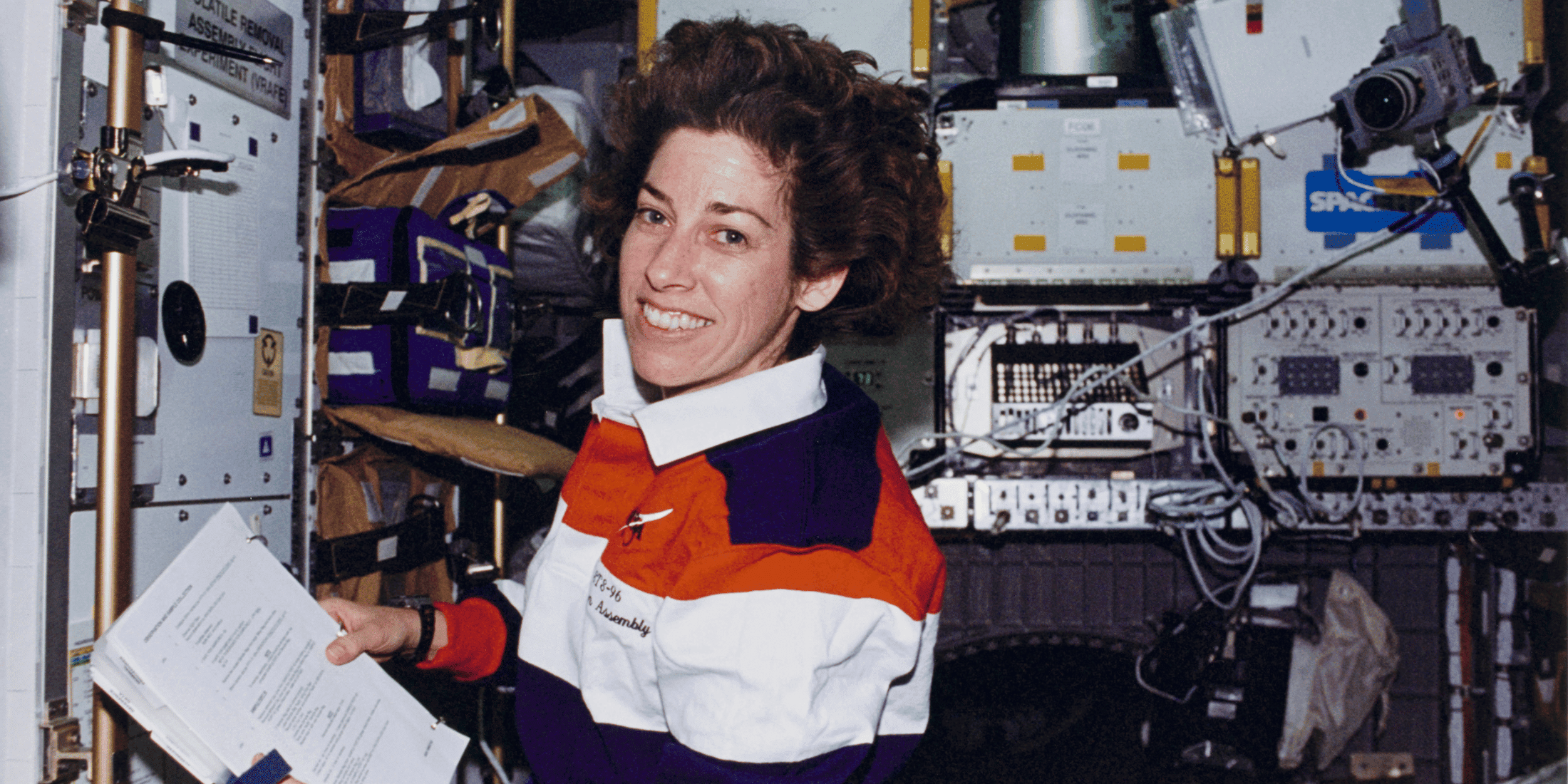
In honor of Women’s History Month in March, we invite you to join us in celebrating the accomplishments of Women in STEM careers. Below you will find several free STEM Career Narratives to share with students in your classroom to help inspire the next generation of leaders in STEM careers.
STEM Career Narratives: Celebrate Women in STEM

As a child, Dr. Ellen Ochoa was fascinated by space. In college, she studied physics at San Diego State University. Physics is the study of energy and motion. She continued in school, and earned her Master’s and Doctoral degrees in electrical engineering from Stanford University. Electrical engineering is the study of machines and electricity. Ochoa used both physics and electrical engineering when she began her career at National Aeronautics and Space Administration (NASA). At NASA, scientists work together to help us learn more about space.
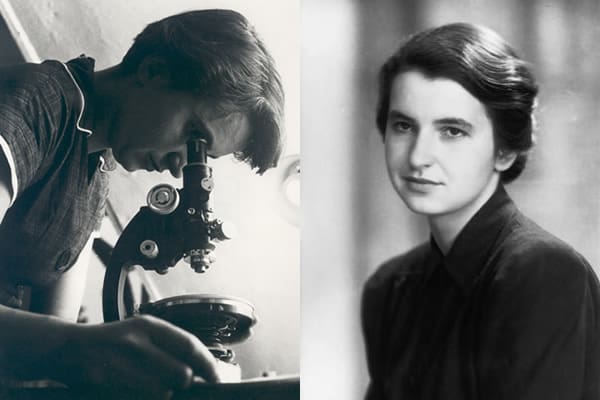
Dr. Rosalind Franklin was a female pioneer in the field of chemistry. She studied what different types of matter are made of and how they act. She was able to use someone else’s discovery, x-rays, to discover the structure of DNA. X-rays are powerful waves of energy. They help scientists see details that cannot be seen with the naked eye. You may know that x-rays can see details inside your body like your bones. But Dr. Franklin was the first to use x-rays discover the structure of DNA.
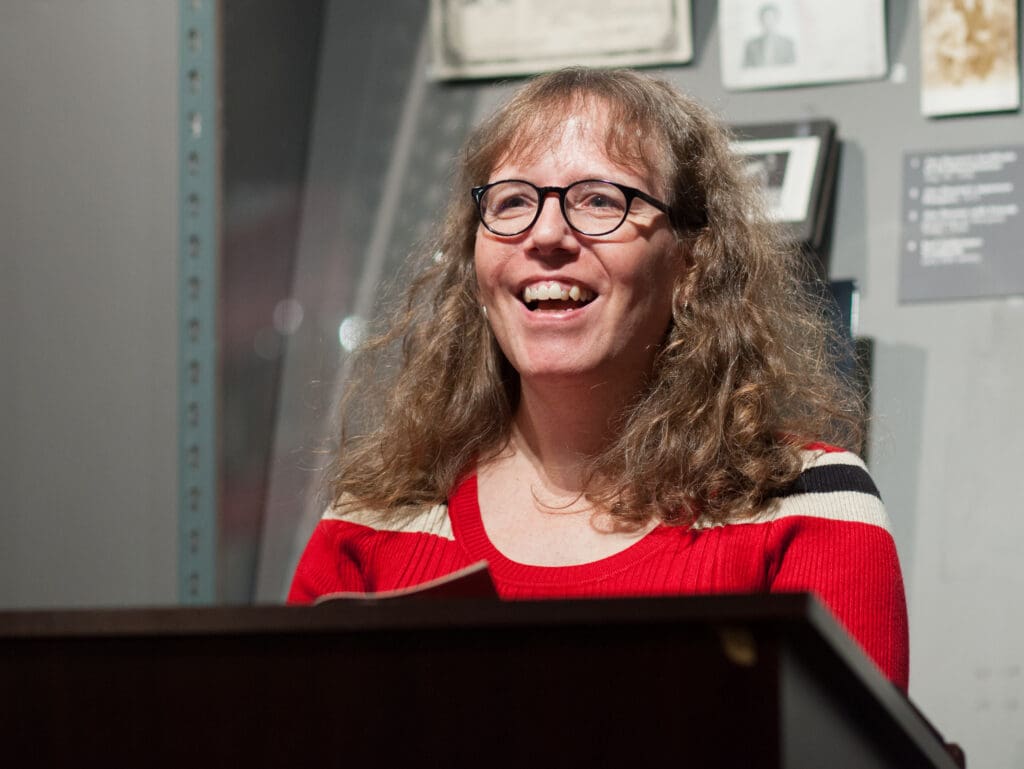
Meet Dr. Julia Serano, who worked as a researcher for several years. Why did Dr. Serano pick molecular biology as her area of study? She says that learning how a cell forms into a specific cell types, like a skin cell, can help improve our understanding of diseases. Cancer, for example, forms when cells multiply at a very fast rate. If scientists understand how a specific type of cell grows, then they can create new treatments or even cures for diseases.
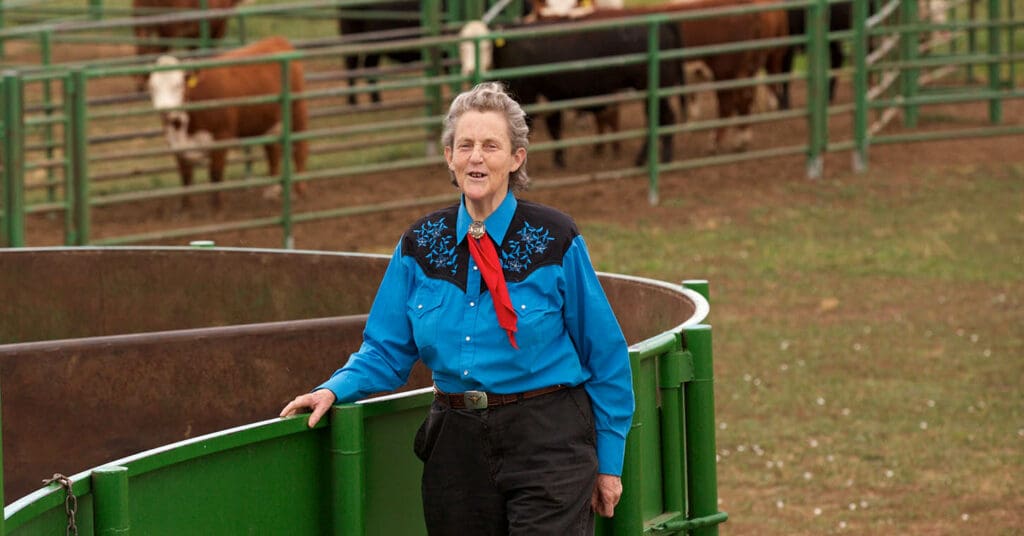
Dr. Temple Grandin was diagnosed with autism at two years old. Many people with autism find social situations difficult. There is a range of behaviors on a spectrum of how much they challenge a person in everyday life.
Dr. Grandin thinks that autism has helped her with her inventions. She is a photorealistic visual thinker. That means that she can “see” her exact inventions in her mind before she makes them. She can even test them out in her mind. Other famous artists, inventors, scientists, and musicians also live with autism. Dr. Temple Grandin—and others—think that autism may be important to their creativity.

Dr. Robin Wall Kimmerer is a “bryologist”—a moss expert. Dr. Kimmerer helped establish the Center for Native Peoples and the Environment. As the Center’s director, she strives to “braid together two strands of knowledge, scientific ways of knowing the earth and the wisdom of indigenous knowledge….” This means that Dr. Kimmerer uses both knowledge from her Native American cultural traditions and her scientific research to better understand the living world. She also works to help Native American students access educational opportunities in environmental science.
Additional STEM Career Narratives:
Inspirational STEM Career Narratives: African-American Scientists and Mathematicians
* * * * * *


![Science Communication Skills for Students Blog Header [PHOTO: 6 TH grade students ask thoughtful questions, create a Driving Question Board, and explore how their
questions are related to each other (OpenSciEd). CREDIT: @gretchenmilary / X]](https://activatelearning.com/wp-content/uploads/bb-plugin/cache/Science-Communication-Skills-for-Students-Blog-Header-1024x512-panorama-7ba441d2933aba80528e5c1e91e256c0-.png)
